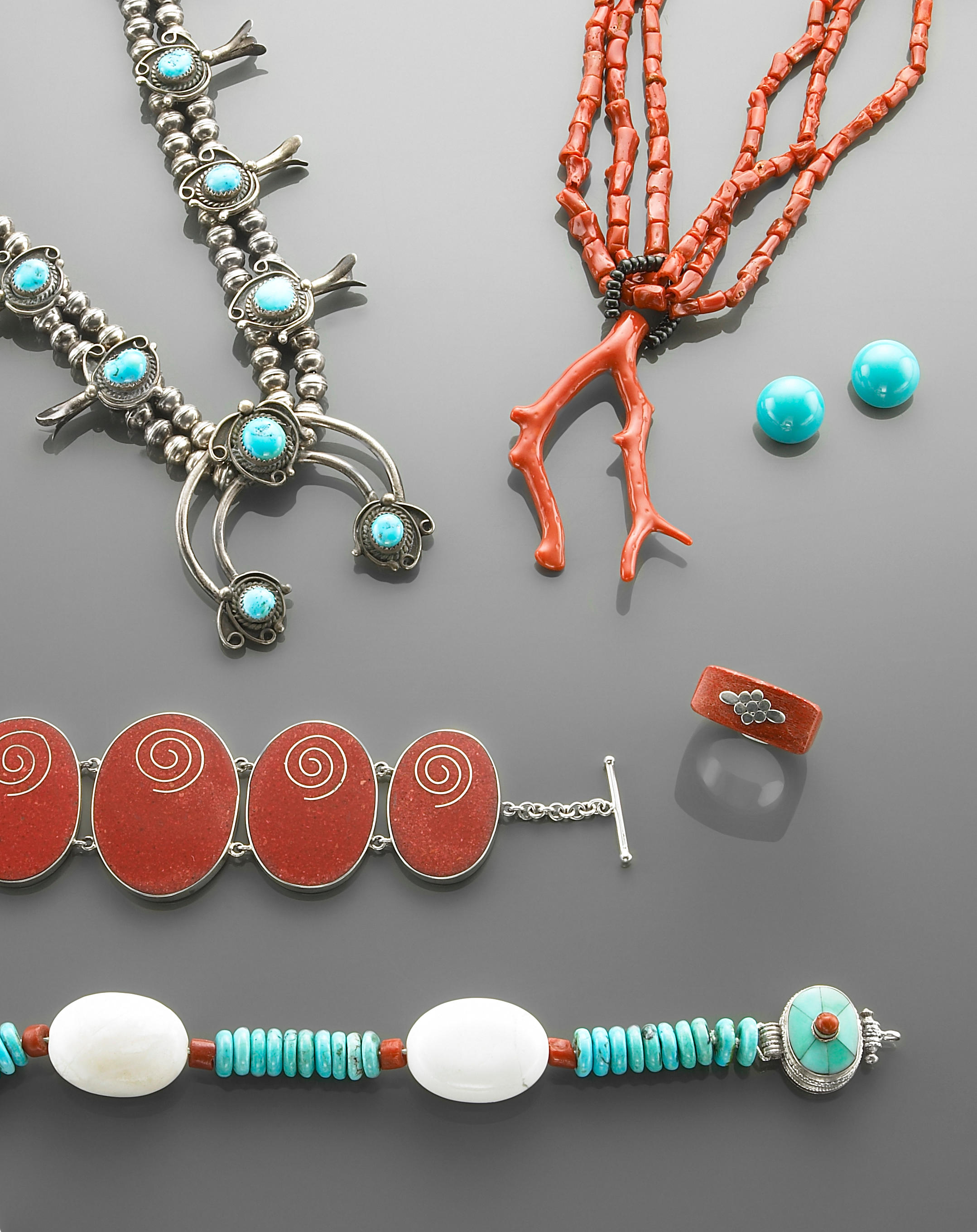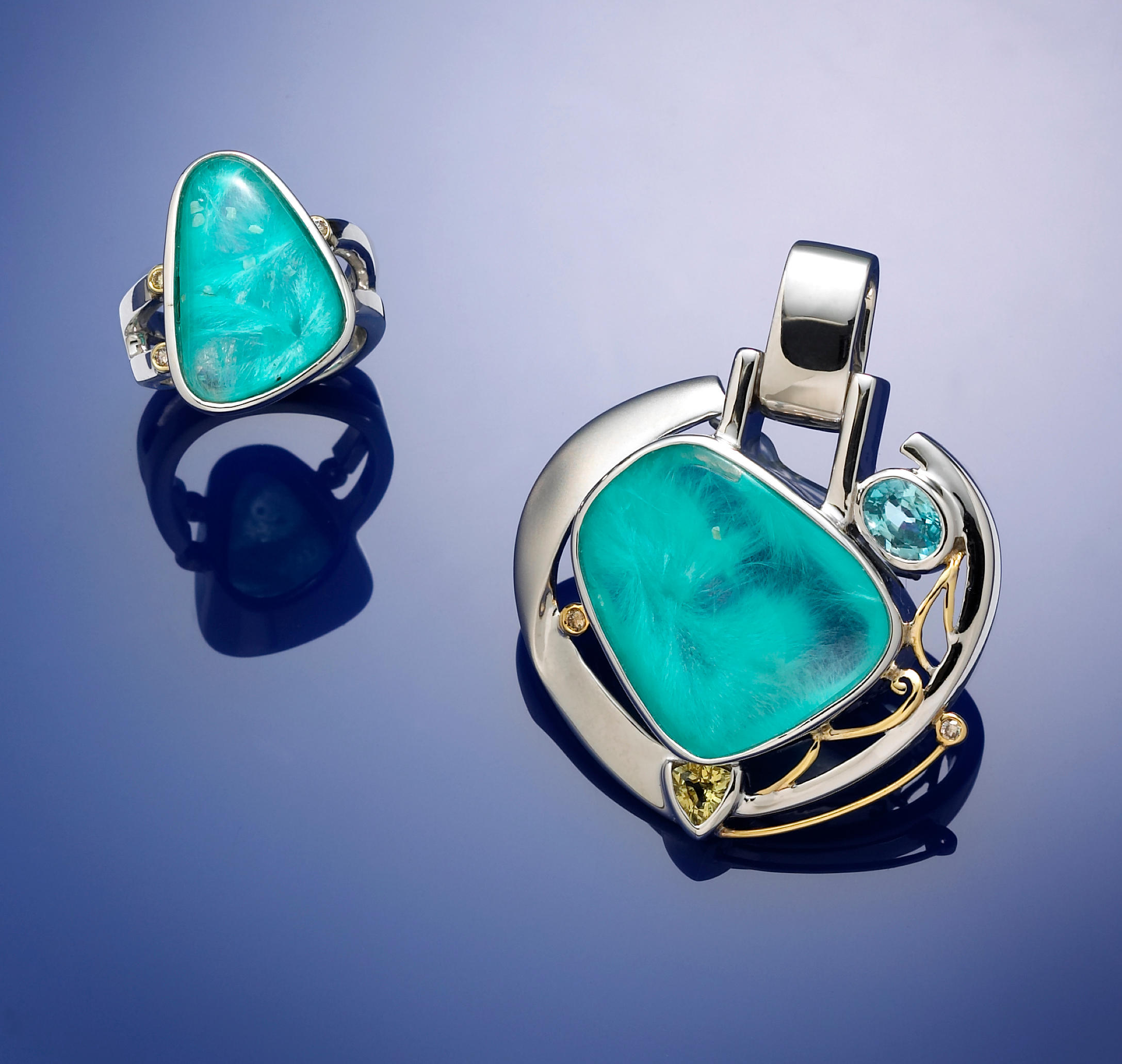Monodon monoceras Arctic Circle, Canada A widely unknown creature, the narwhal is a majestic marine mammal. A species of whale (cetacean) most closely related to the Beluga Whale and the Irrawaddy Dolphin, it is still living today in the Arctic Ocean. Male narwhals are easily identified by their single, exceedingly long, spiraling tusk, which is actually a tooth that projects from the left side of the upper jaw to form a counterclockwise helix. While the body of an adult male can grow up to lengths of 18 feet, the tusk can grow up to 5 to 10 feet—an extraordinary percentage of the body’s overall length. Like the tusks of elephants, narwhal tusks do not regenerate if they are broken; unlike elephant tusks, the narwhal tusks displays a hollow that runs nearly the full length. The purpose of the narwhal tusk has been the subject of much speculation. Newer research by the Smithsonian suggests that the tusk may, in fact, be a sensory organ aiding in the detection of temperature, salinity and pressure changes in the narwhal’s habitat. Supporting this theory is the presence of millions of tiny, deep tubules extending from the tusk’s surface to the narwhal’s nervous system. The unicorn legends of Medieval Europe have been attributed to the narwhal’s ivory tusk. So prized did the fabled horn become that Queen Elizabeth paid an incredible 10,000 pounds for one specimen—a price comparable to the cost of an entire castle. Today, the royal scepter of England is composed of a narwhal tusk—perhaps the one that Queen Elizabeth purchased in the 16th century. Aerial surveys suggest a population of approximately 40,000 – 50,000 narwhals remaining. Their main natural predators are polar bears and orcas. Inuits are legally permitted to hunt this whale species; however, narwhals have been a protected species since 1972 and their importation is prohibited. The present impressively large specimen is completely original - including the finely preserved tip – with no visible damage. A superlative specimen. Measures 101 1/2in
Monodon monoceras Arctic Circle, Canada A widely unknown creature, the narwhal is a majestic marine mammal. A species of whale (cetacean) most closely related to the Beluga Whale and the Irrawaddy Dolphin, it is still living today in the Arctic Ocean. Male narwhals are easily identified by their single, exceedingly long, spiraling tusk, which is actually a tooth that projects from the left side of the upper jaw to form a counterclockwise helix. While the body of an adult male can grow up to lengths of 18 feet, the tusk can grow up to 5 to 10 feet—an extraordinary percentage of the body’s overall length. Like the tusks of elephants, narwhal tusks do not regenerate if they are broken; unlike elephant tusks, the narwhal tusks displays a hollow that runs nearly the full length. The purpose of the narwhal tusk has been the subject of much speculation. Newer research by the Smithsonian suggests that the tusk may, in fact, be a sensory organ aiding in the detection of temperature, salinity and pressure changes in the narwhal’s habitat. Supporting this theory is the presence of millions of tiny, deep tubules extending from the tusk’s surface to the narwhal’s nervous system. The unicorn legends of Medieval Europe have been attributed to the narwhal’s ivory tusk. So prized did the fabled horn become that Queen Elizabeth paid an incredible 10,000 pounds for one specimen—a price comparable to the cost of an entire castle. Today, the royal scepter of England is composed of a narwhal tusk—perhaps the one that Queen Elizabeth purchased in the 16th century. Aerial surveys suggest a population of approximately 40,000 – 50,000 narwhals remaining. Their main natural predators are polar bears and orcas. Inuits are legally permitted to hunt this whale species; however, narwhals have been a protected species since 1972 and their importation is prohibited. The present impressively large specimen is completely original - including the finely preserved tip – with no visible damage. A superlative specimen. Measures 101 1/2in















Testen Sie LotSearch und seine Premium-Features 7 Tage - ohne Kosten!
Lassen Sie sich automatisch über neue Objekte in kommenden Auktionen benachrichtigen.
Suchauftrag anlegen